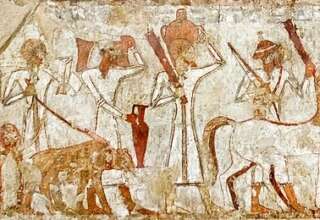
We may wonder though if the similarity found between the cultures in different Arab countries is not partially based on orientalism (Said, 1985; Varisco, 2007), a form of ethnocentrism and lack of knowledge of the specific Arab cultures by Westerners. For example, if we were to look into the issue of language, we would probably find that for many Europeans or Americans Arabic is perceived as just one language, despite the fact that there is enormous regional influence on word choice, syntax and pronunciation. Differences between sedentary and Bedouin (or rural) Arabic are to such an extent that people from different Arab countries may not understand one another (Varieties of Arabic, 2011). In fact, one study found that Arabs from the Gulf States were more collectivistic than those from Egypt, whereas both groups were more collectivistic than subjects from the United States (Buda & Elsayed-Elkhouly, 1998)
If we compare the Arab world with other cultural regions, we find that throughout the Arab world power distance is valued higher than in Europe or the United States, and so is collectivism. In the Arab world there is more uncertainty avoidance than in the United States, or in Western Europe, but less than within Mediterranean European countries (Hofstede, n.d. a). Throughout the Arab world there is a valuation of masculine traits over feminine traits (Al-Krenawi, 1999). The emphasis on masculinity is more than in Western Europe, comparable to the situation in Eastern Europe, and less than in the United States (Hofstede, n.d. a). However, within the Arab world there are differences between countries and changes over time. For example, one recent study found Syria to be more individualistic than as indicated in Hofstede’s original rankings (Merkin & Ramadan, 2010).








